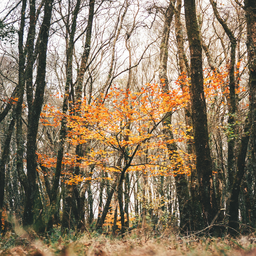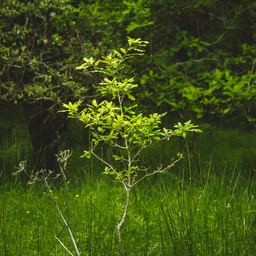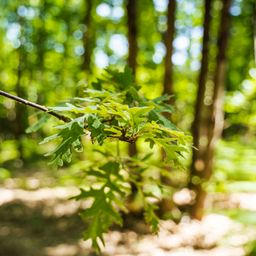
Sorb tree: Meaning & Use
The Sorb Tree also known as sorbus domestica is a species of the Rosaceae family which has been somewhat forgotten and is today quite rare.
Sorb tree
A post-pioneer species, the Sorb Tree, or Sorbus domestica, is found mainly in Europe, south-west Asia and north-west Africa. The Sorb Tree originally grew all around the Mediterranean and was dispersed to the rest of Europe during the Roman Empire.
Why does EcoTree plant Sorb Trees?
Sorb trees are planted to form defensive hedges, but the thorny branches of these trees can be a deterrent to some birds. Birds might be attracted by the fruit, but it is too acidic for them. What's more, Sorb Trees are hardy trees that can grow in difficult conditions, such as poor soil. From an ecological point of view, Sorb Trees can be valuable to local wildlife, providing shelter and perches for birds, as well as habitats for many insects. Their fruit, although inedible for humans, can be a source of food for small mammals and birds.
Sorb tree - Overview
Sorb tree - Overview

Sorb tree - Species requirements
The Sorb Tree has high light requirements, although it prefers light shade to full sun. It adapts everywhere, provided there is enough room. This fast-growing species is capable of developing a large crown. The Sorb Tree tolerates drought well, even in chalky soils, but is highly resistant to damp soils.
Wood from the Sorb Tree
Sorb Tree wood can be used for a variety of purposes. It is one of France's hardest native woods. It has been prized for many years for making barrels, currying tools and tracing and measuring tools. This wood is also used in agroforestry to protect vines from the sun thanks to its light foliage or to encourage the development of truffles, as the horn releases carbon as it decomposes.
The symbolism of Sorb Tree
The Sorb Tree symbolises the tree of life or giver of life. In ancient times, the berries of the Sorb Tree were the food of the gods. It is a talisman against lightning and therefore against spells. The "witch's hand", used to uncover metals, was always made of wood from Sorb Tree. A whip with a handle of wood from Sorb Tree was used to tame bewitched animals. Lambs had to pass through a Sorb Tree circle as soon as they were born, and a stick from a Sorb Tree was planted in the middle of pastures to protect flocks.
Our selection of trees
Our goal is to enable anyone to do something that benefits nature and helps us to live in a more harmonious world. So why not become a tree owner in a European forest and help combat climate change?
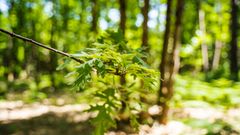

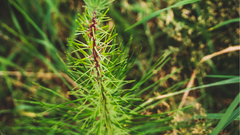

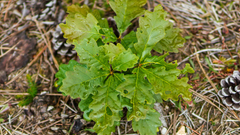

Please note that this is promotional communication. See our notice of information.

